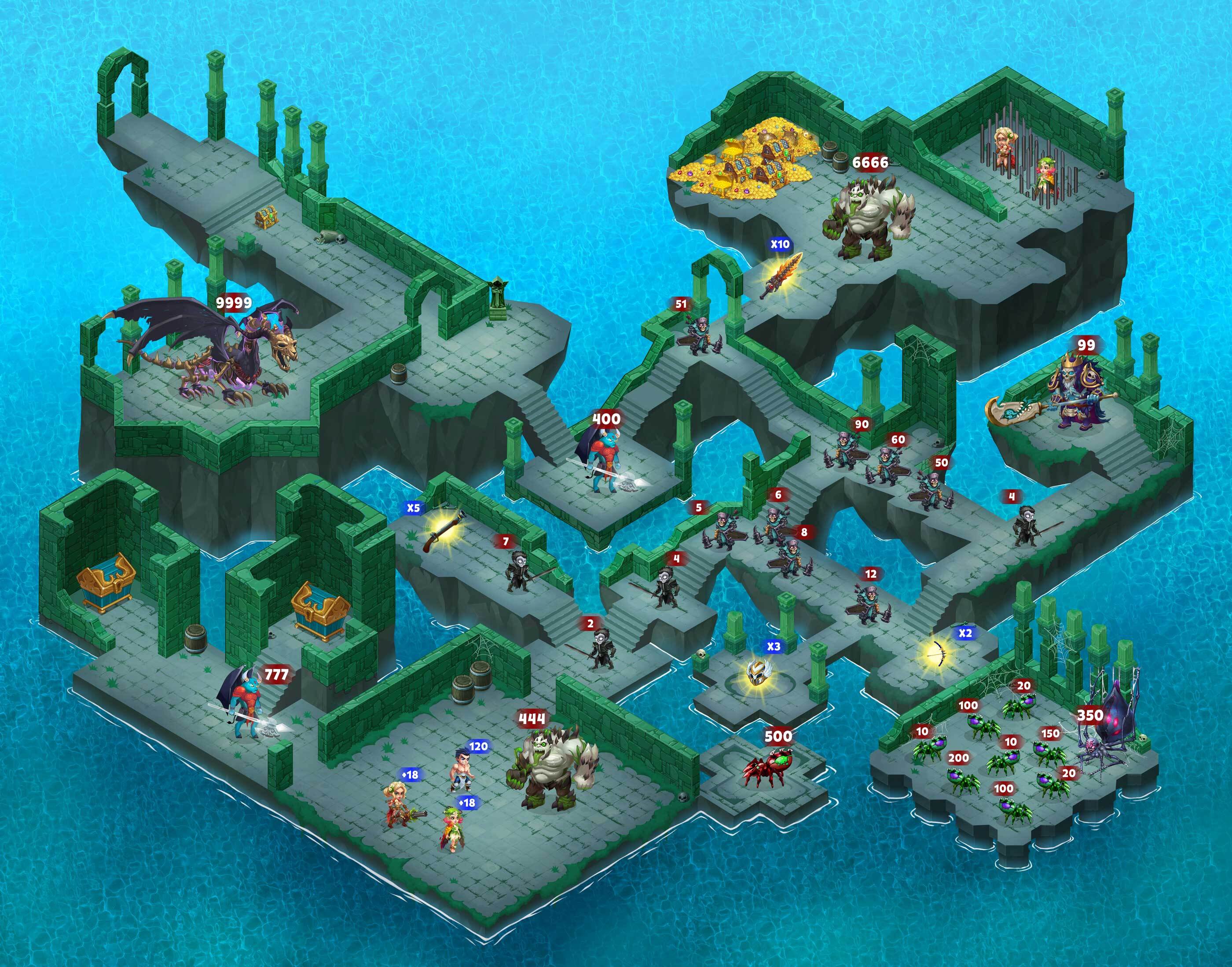Non-core gameplay advertising, which doesn’t show users the core gameplay, is a term that carries a lot of negative weight. Nexters head of marketing Anton Yakovlev has explained why the “misleading” trait might be outdated, also detailing what developers should pay attention to when working with such ads.

Anton Yakovlev
For years, non-core gameplay ads were a common problem, where advertising did not reflect the reality or indeed the quality of a product. Mobile game advertising has been labeled with the term, with some users complaining that the ads they see (which do not feature gameplay) are misleading.
But this isn’t the case. These adverts are not directly non-core gameplay ads, they’re about the experience in the product, it might just not be the main one. They show a part of the experience in order to exemplify the whole.
Which is why this type of advertising should now be called “unconstrained” rather than “misleading”. It’s an outdated term that simply isn’t applicable to what unconstrained game advertising is all about today.

How has marketing traditionally worked in the gaming industry?
There are two major strategies in game industry marketing:
- Gameplay ads that feature play directly from the game;
- Unconstrained ads that feature images or stories not directly taken from the game.
The problem with gameplay ads is that you get little clickability and they are ultimately more expensive to create with lower user generation. They are also less effective on social media platforms. We now live in an age where bright, catchy, fast content is key.
Short ads on platforms such as TikTok or Instagram, lasting three seconds, are the major means of attracting users. It simply isn’t possible for three seconds of gameplay to offer a user any information about the game.
Gameplay ads are always embellished, there is no such thing as a “real” gameplay ad. Adverts will feature enhanced or fake gameplay. The idea that there are adverts on the market that only show “real” gameplay is incorrect. They just do not exist.
Unconstrained ads have high conversion rates and attract a broad user base. For some gaming companies, they can result in lower retention, users may sign up to the game and then leave in the early stages of their usage. But for Nexters, unconstrained ads have been an extremely effective strategy.

What exactly are the key elements of unconstrained advertising?
Unconstrained ads are all about finding the thing that makes the game the most attractive. It’s about finding the starting hook, the tie to the game that is likely to make a consumer look further into it. They are about capturing emotions or stories that draw a user in (usually via an image) and make them want to learn more about the actual game mechanics.
There are a number of reasons why this has become a commonly adopted strategy in mobile game advertising.
Current standards for advertising and social networks suit the unconstrained model. Social networks and media force you to engage users quickly, the time limit you have for an advert has drastically changed. TikTok recommends keeping an ad to no longer than 21-34 seconds. It’s impossible to show the real game mechanics in such periods of time. So companies have to find different ways to illuminate the power of games in short time periods.

Nexters invented the unconstrained strategy in 2014. While it is now commonplace in gaming companies, other competitors were not doing it at the time.
The marketing team discovered how effective and profitable unconstrained ads are while identifying the best marketing methods to lower the cost of user acquisition. They redrew thousands of images they found via Google and tested them to see which ones had the best user responses. This strategy was used for games such as Island Experiment. It reduced the cost of attracting users significantly.
In the short term, there is a difference in user retention: 5-10% of players stay after adoption via unconstrained advertising and 20-30% after gameplay advertising. But in the long term, the indicators do not differ much.
We’ve done further research that confirms this. Almost half of users that come to a game via an unconstrained advertising state that their decision to continue the game will be based on how interesting the game is.

What was our community’s reaction to non-core gameplay ads?
Initially, community reaction was negative. Ratings took a hit, with users complaining that the ads cheated on their expectations of the game. But in order to rebuild ratings, the marketing team added mini-games, which worked effectively.
To overcome negative reactions, it’s important to find concepts that have fewer deceptions and speak to the motivations that users will ultimately have while playing the game. For example, we knew Island Experiment had a mostly female audience, so the team found motivation in the fact players needed to rescue children on the island who were in danger. This was then captured in the unconstrained ads for the game.

Tips for developers thinking about launching unconstrained ads for their games
- Explore and create new mechanics that are unique to you and your company. While it is important to understand and keep an eye on what your competitors are doing, you need to explore other mechanics on your own.
- In 2018, we discovered that the advertising market of the gaming industry has closed. It’s now possible to see who buys what ads. Many companies and makers have begun to clone each other, take their mechanics, and then impose them on their interface. It works, but it’s not enough. Creative ideas are rarely born there, so it’s crucial to create new concepts by yourself.
- It’s vital to really understand the product. This way you can make adverts that are an effective hook or way into the product and ultimately lead users through all stages of the game. This drives adoption without users being deceived in expectations.
- Marketing strategy is not just about creatives — it’s about looking for growth points in working with users. Communication between marketing and UA teams is critical. The two teams need to work together to identify and understand new demographics to target and how best to drive conversion rates with them.

So what does this all mean for the future of gaming marketing?
It is critical to find creatives and a UA team that work well together to ensure that unconstrained ads perform, bring results, and retain audiences. There needs to be a correspondence between creatives and the product. This way they can create advertising that really leads users into the game and brings less deceptive expectations.
Unconstrained advertising has a cyclical nature. It isn’t possible to find concepts with a high percentage of purchases that often. Creatives burn out, so marketing should strive for diversification in their team to maximize discovering exciting and effective creative concepts that will work.
Nexters has never tried to classify unconstrained ads, but instead treats it as a free playground. The less constrained you are in thinking about what can and cannot be an unconstrained ad, the more effective they will be.
Since 2014, all advertising platforms have been stating every quarter that unconstrained ads will not work. But they are still working effectively.
